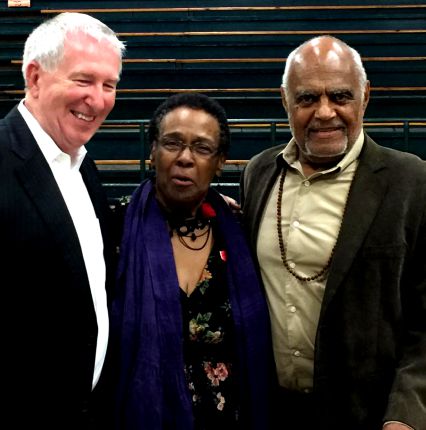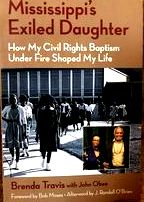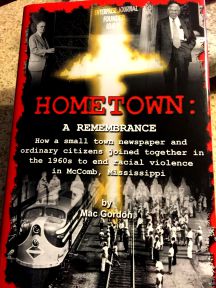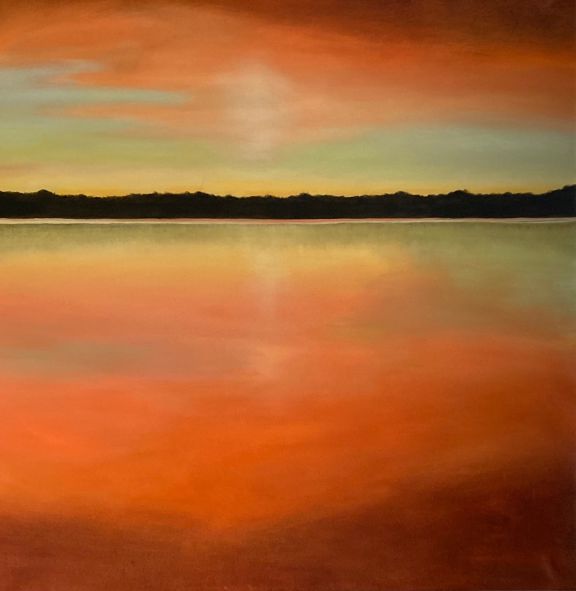When Giants Walked the Earth:
The Passing of Civil Rights Movement Icon Robert “Bob” Moses

Dr. J. Randall O’Brien, Brenda Travis, Bob Moses
I’m not saying there has never been a braver man than Bob Moses. In the course of human history surely there have been countless others we may know, or imagine, or have studied. I’m only saying I have personally never met a braver man than Bob Moses, nor a more inspiring one. This appropriately named giant of a man, like his namesake, marched before Pharoah, facing the most powerful nation on Earth, in its most dangerous state, and cried, “Let my people go!” I was there. I saw it. I heard it. I held my breath. I knew what was going to happen. He did, too.
The year was 1964. The Long Hot Summer of ’64 brought hundreds of young idealistic, mostly white believers in liberty, justice, and equality for all to my home state of Mississippi in hopes of bringing their dream to pass. Previously, in 1961, all major civil rights organizations had formed an umbrella organization called the Council of Federated Organizations, or COFO for short, to oppose segregation in America. Now, three years later, eight hundred students, mostly well-to-do Caucasian idealists, were meeting at Western College for Women in Oxford, Ohio, for a week-long orientation before heading South for summer social justice work. The students were warned, “You may be beaten; you may be killed.”
On June 20, 1964, 200 recruits left for Mississippi. June 21, James Chaney, Michael Schwerner, and Andrew Goodman disappeared in Philadelphia, Mississippi. They would be found buried in an earthen dam, August 4, 1964.
In ‘64, only 6.7% of Mississippi African-Americans were registered to vote. Some counties had only one registered Black voter. Jim Crow laws, threats, beatings, job loss, and sometimes death “kept Negroes in their place.” Enter Bob Moses, the main organizer of Freedom Summer, as it came to be known. Moses outlined three main goals for the summer: (1) voter registration for Black citizens, (2) summer schools to teach math and reading to Black students, and (3) community centers where Black citizens could get legal and medical aid. In short, Moses’s three objectives were “Freedom Registration,” “Freedom Schools,” and “Freedom Clinics.” Volunteer workers would live in the “Freedom House.”

Born and raised in Harlem, Moses graduated from Hamilton College, one of three Black students enrolled in the school. He proceeded to earn a Master’s Degree from Harvard in 1957, before teaching math in New York City from 1958-61. Coming to my hometown of McComb at the invitation of C.C. Bryant, local head of the NAACP, Moses stayed from July ’61 to December ’61, helping to organize a voter registration drive. During these months he also participated in Freedom Rides and helped organize McComb youth to work for equal rights, having a life-changing impact on 15 year-old Brenda Travis. Feeling called to stand up against segregation, young Travis “sat in” at the McComb Greyhound Bus Station, was arrested and jailed. Later, leading 119 African-American students to march on McComb’s City Hall, where they were beaten and arrested, Brenda was sent to reform school and later exiled from the state by the Governor.
Violence and bloodshed darkened the land in the 1960s. Assassinations, war, and civil wrongs brought tears from heaven. Freedom Summer saw 80 beatings, 35 shootings, 35 church bombings, 30 home bombings and six reported murders. My hometown of McComb recorded 16 dynamite bombings and 20 acts of violence. Dr. King referred to McComb as “A Reign of Terror.”

Bob Moses was beaten on the streets, his residence was bombed, his life repeatedly threatened. Still he stayed. Still he prayed. Still he dreamed. Still he worked for justice for all.
We in America yet have miles to go before we sleep; but we have come a long, long way. Moses and other giants have led us. Who will lead us now? Rest in peace, brave hero of mine. May your tribe increase!
Dr. J. Randall O’Brien, July 25, 2021



Outstanding! May God grant rest to the soul of this great man!